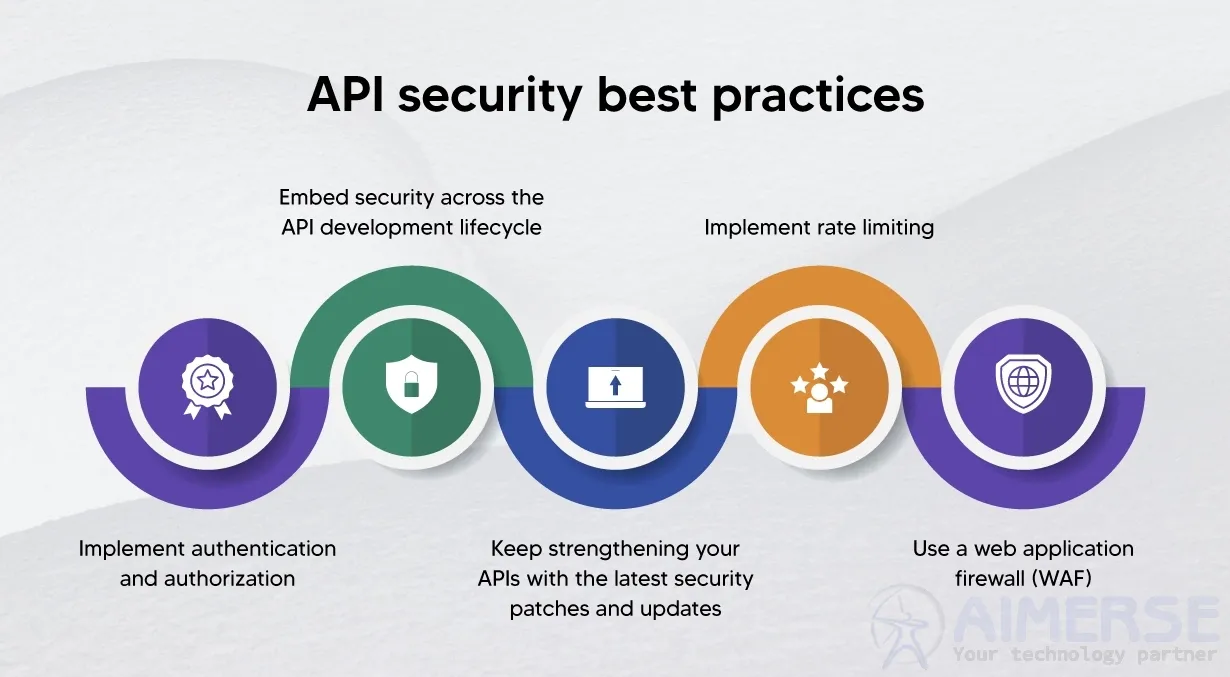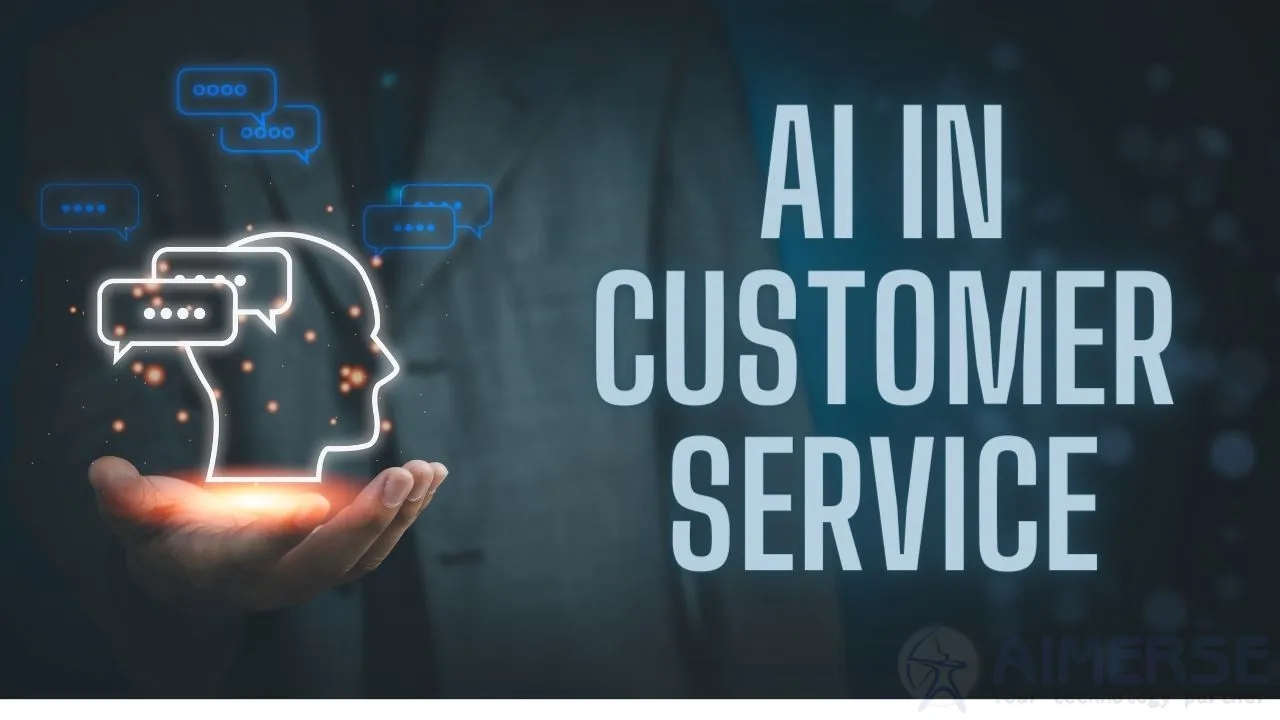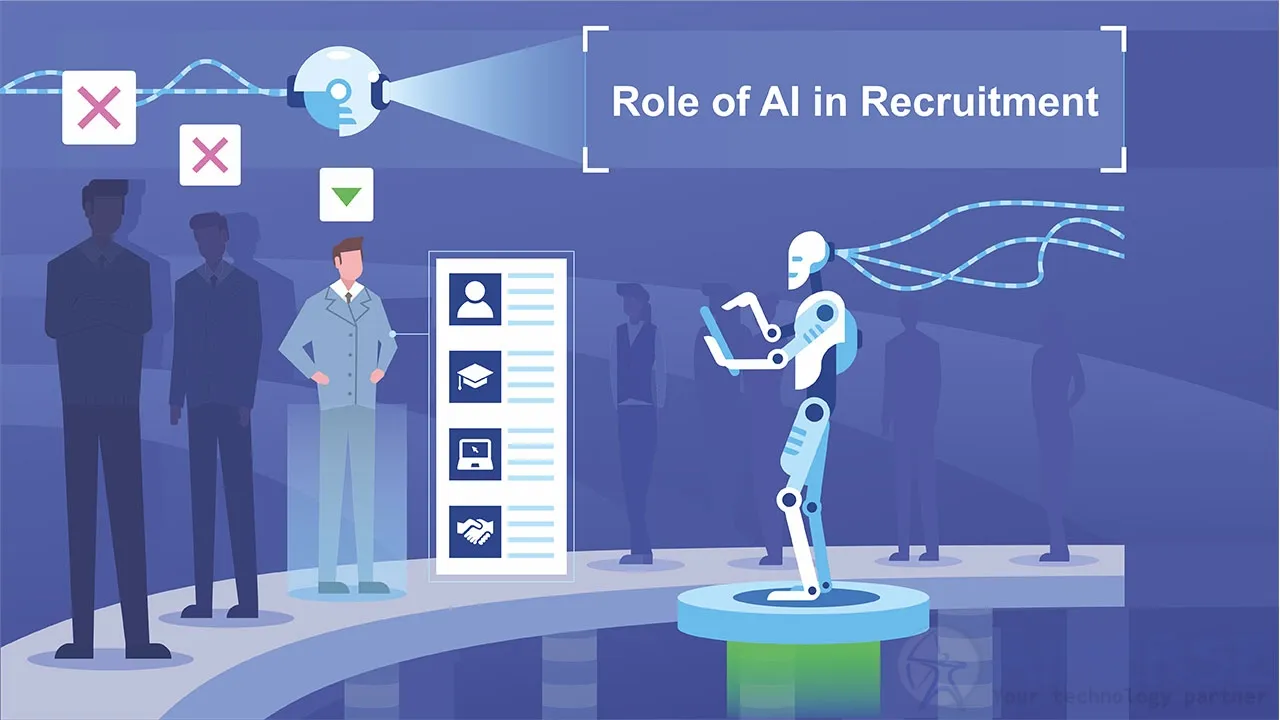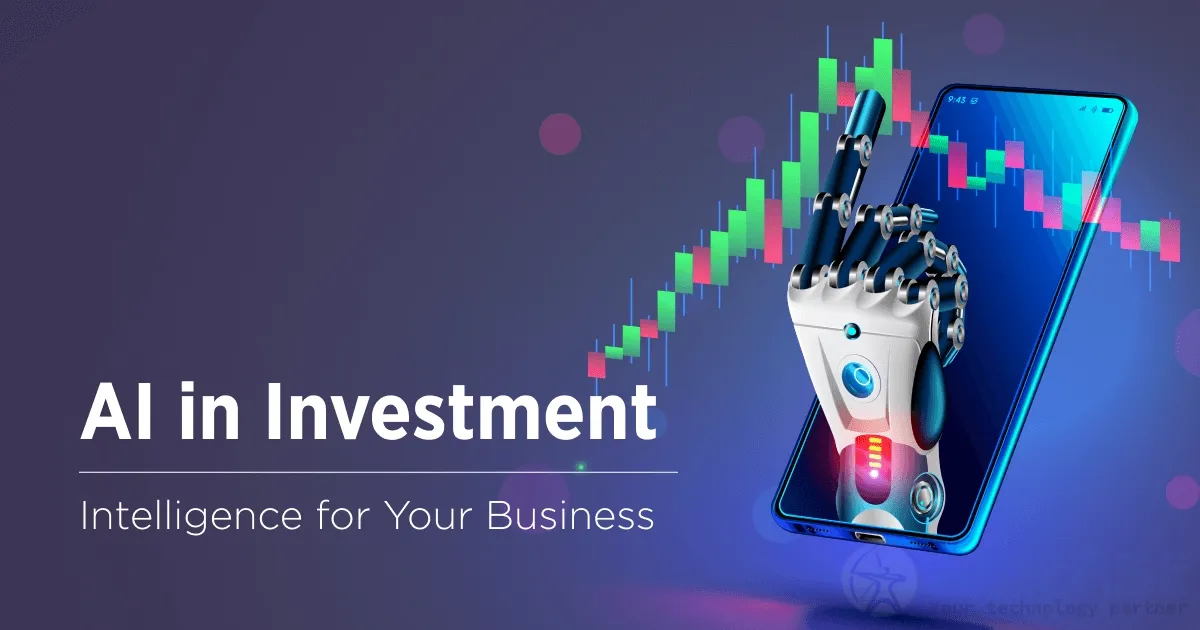Integrating Third-Party Services via APIs: Best Practices.
It is actually the backbone of modern application development in today's digitally connected environment, where it integrates third-party services through APIs so that applications can communicate and reap the benefits from functionalities designed outside. It all serves to enrich user experiences or their capabilities but so that they appear seamless and safe, strict adherence must be done toward established best practices.
-
Recognize the API
- Before starting to integrate, carefully read the API documentation. Understand its data kinds, endpoints, authentication processes, rate limitations, and any other relevant information. A thorough understanding of the API makes it easier to avoid potential issues during development.
-
Integration Plan
- Clearly define the objectives of the integration. Explain the present state of the integration within your application architecture, the optimal data flow, and the necessary API endpoints. This will help with an organized approach and reduce unforeseen challenge
-
Implement Authentication and Security
- Implement the authentication methods as advised by the API, such as API keys or OAuth tokens. Sensitive credentials need to be kept secure and transmitted through an encrypted channel. Update and patch vulnerabilities with proper regularity to maintain security integrity.
-
Graceful Error Handling
- Implement strong error-handling mechanisms to anticipate possible errors. Capture and log error responses, give meaningful messages to the users, and define retry strategies for transient issues. This improves the user experience and helps in troubleshooting.
-
Adhere to quotas and rate limits
- Usually, rate constraints protect design APIs against abuse. You may make your application a thoughtful and aware user that watches for such limitations by implementing techniques like request throttling or enhanced caching to maximize performance and avoid service disruptions.
-
6. Monitor and Maintain the Integration
- Continuously monitor the integration performance in terms of metrics like response times and error rates. Get notified about changes or deprecations in APIs by keeping up-to-date on provider communications; this keeps your application up-to-date and running smoothly.
-
Test Thoroughly
- Before you deploy your integration, it should be fully tested. Expose your integration to as many different scenarios as possible cases, failure points-so you're sure it'll stand up well in real-world conditions.
Conclusion
Embedding third-party services with the help of APIs appreciably could improve application functionality and, hence, satisfy the users with it. A best practice, here, prevents insecure, inefficient, and difficultly maintainable integration and acts as a robust foundation for the success of your application.
We, at Aimerse Technologies, offer customized software development based on the variety of technologies in play, from React.js and Node.js to Python Django, Laravel, and Java Spring Boot. As such, we assure the smooth integration of APIs, fully safe and secured, which makes the application better in performance.











